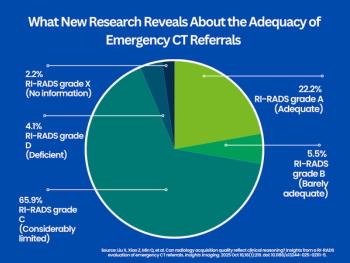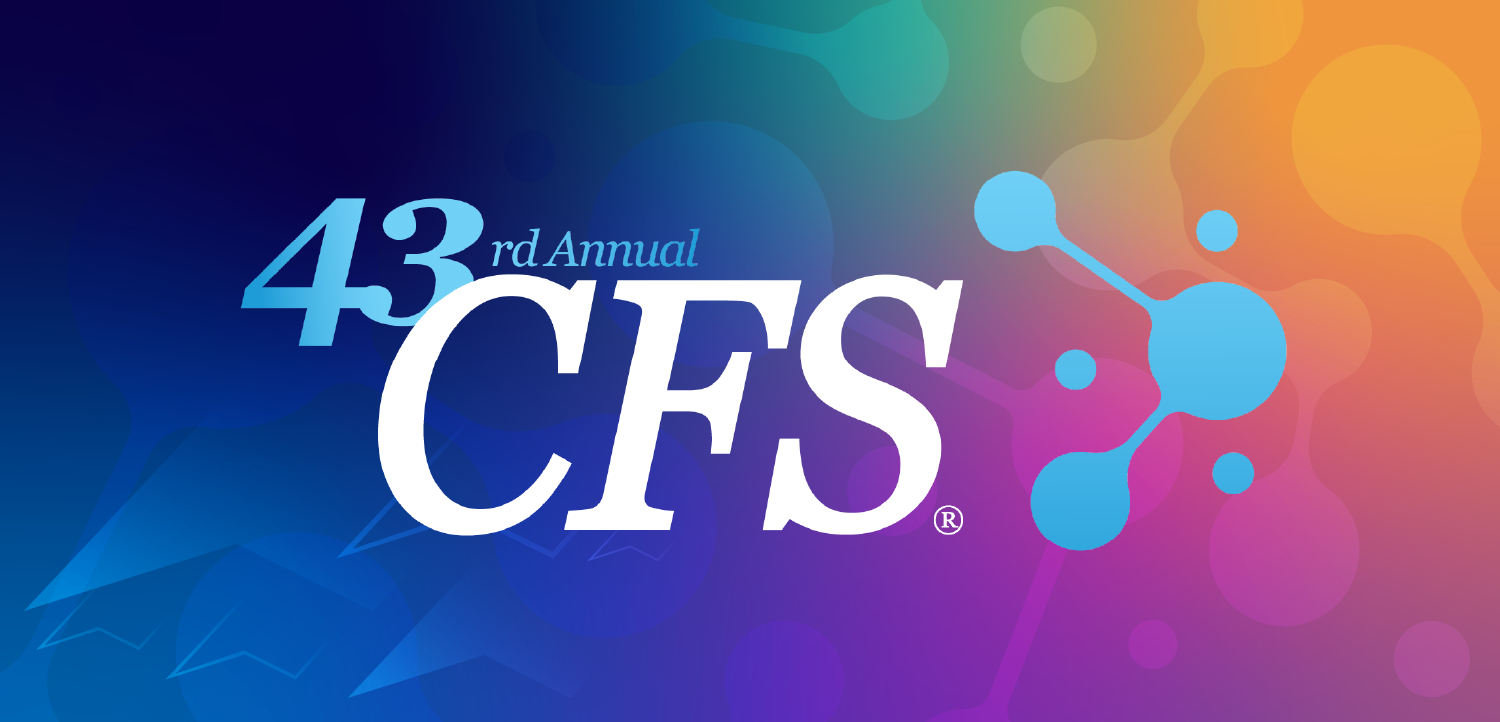
Reducing contrast in elderly patients lowers cost and risk of CT exam
The dose of contrast material can be effectively reduced by at least 10% for elderly patients undergoing a multislice CT exam of the pancreas and biliary region. When the dose is reduced, the cost of the exam and the risk of complications drop as well, according to a study in the August issue of the American Journal of Roentgenology.
The dose of contrast material can be effectively reduced by at least 10% for elderly patients undergoing a multislice CT exam of the pancreas and biliary region. When the dose is reduced, the cost of the exam and the risk of complications drop as well, according to a study in the August issue of the American Journal of Roentgenology.
"When interpreting CT images acquired using the established protocol in our clinical practice, it was noted that in some examinations of elderly patients, contrast enhancement of the pancreatic parenchyma was too intense. We speculated that it might be possible to reduce the dose and rate of contrast material injection without adversely affecting the degree of contrast enhancement in elderly patients," said lead author Dr. Shigeki Itoh, a radiologist at Nagoya University School of Health Science in Japan.
Previous studies have shown that the volume of contrast material needed to obtain adequate enhancement is influenced by patient weight. Itoh and colleagues theorized that the rate of contrast injection could also be adjusted according to patient weight.
The study included 112 patients who had undergone triple-phase contrast-enhanced CT exams for known or suspected pancreatobiliary disease. Patients were scanned on a 16-slice Aquilion from Toshiba Medical Systems.
The researchers divided the patients into three groups according to age and weight:
- 60 years old or younger with a contrast injection of 0.08 mL/kg/sec
- 61 years old or older with a contrast injection of 0.08 mL/kg/sec
- 61 years old or older with a contrast injection of 0.07 mL/kg/sec
Group 3 had a 12.2% reduction in the volume and rate of contrast material injection.
Compared with groups 1 and 3, the degree of enhancement of group 2 was significantly more intense for five evaluation items:
- aortic enhancement in all measured points except for the end of the pancreatic phase
- portal venous and splenic venous enhancement in the pancreatic and portal venous phases
- superior mesenteric venous enhancement in the portal venous phase
- pancreatic enhancement of the head, body, and tail in the pancreatic and portal venous phases
- hepatic enhancement in the portal venous phase
Superior mesenteric venous enhancement in the pancreatic phase in group 2 was significantly more intense than that in group 1 and noticeably (but not statistically significantly) more intense than that in group 3. The contrast enhancement of all vessels and organs in all phases of group 3 was equivalent to that in group 1.
"Compared with patients 60 years old or younger, it is possible to achieve a 12.2% reduction in the volume and rate of contrast material injection in patients more than 60 years old while maintaining equivalent contrast enhancement in terms of both quantitative and visual assessment on contrast-enhanced CT studies of the pancreatobiliary region," the researchers said.
Two factors contribute to these results, according to the study. First, elderly patients commonly have a reduction in cardiac output and blood volume, which helps to prevent the dispersion of contrast material, thereby delivering a better bolus of contrast material to the abdomen. Second, contrast material is more slowly excreted in patients with reduced cardiac output, which is beneficial in increasing the degree of contrast enhancement during the late phase.
The researchers noted that the reduction in contrast material was arbitrarily determined and that it may be possible to achieve a further reduction.
They caution that the number of patients in this study was relatively small, however, and the capabilities of diagnosing pathologic conditions under the different protocols should be evaluated.
For more information from the Diagnostic Imaging archives:
Newsletter
Stay at the forefront of radiology with the Diagnostic Imaging newsletter, delivering the latest news, clinical insights, and imaging advancements for today’s radiologists.

































